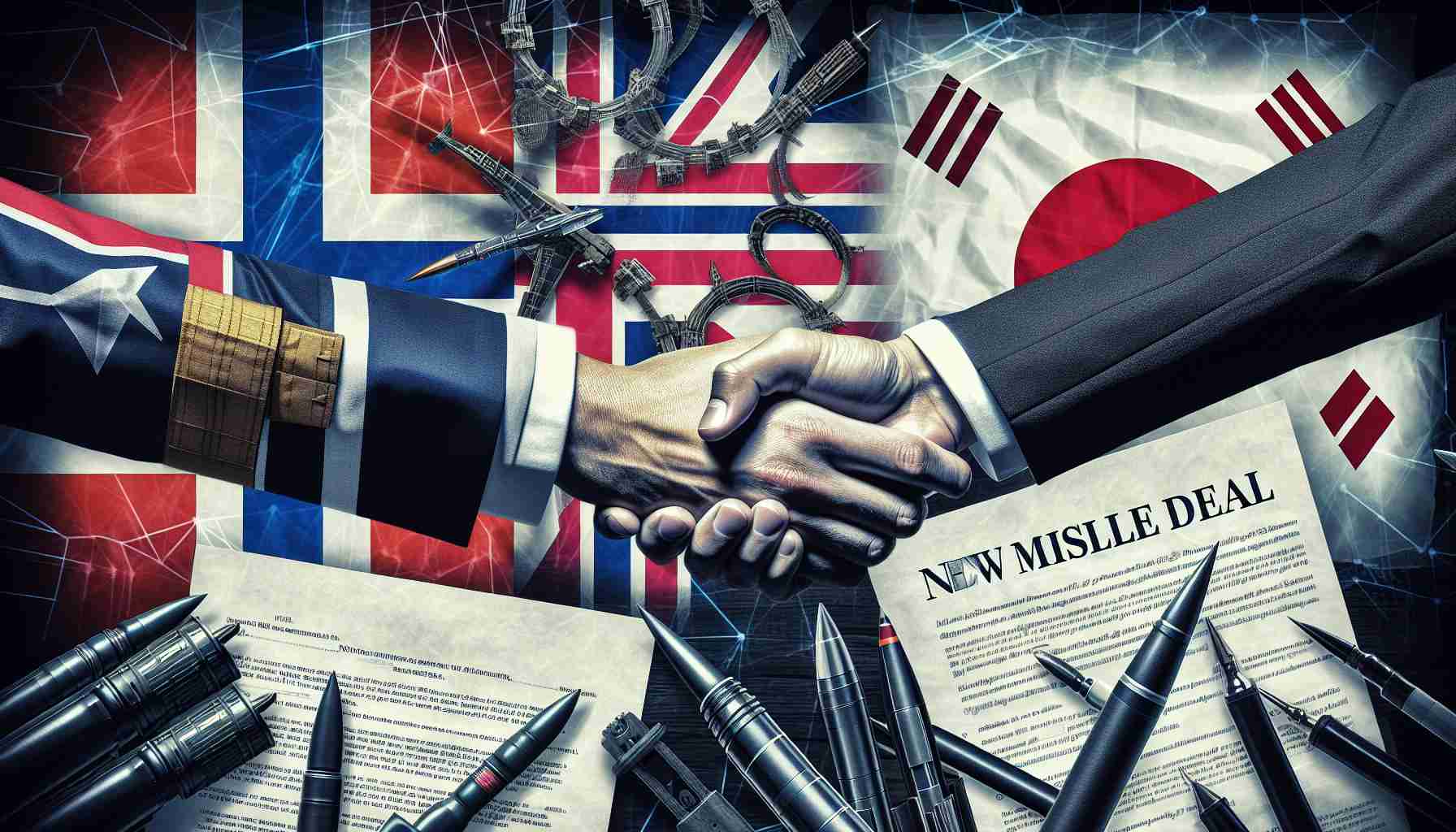Japan Strengthens Air Force with Norwegian Technology
The Japanese Ministry of Defense has inked a significant contract with Norwegian company Kongsberg for the acquisition of advanced Joint Strike Missiles (JSM). Valued at 1.9 billion Norwegian kroner (around $173 million), this agreement marks the fifth instance Japan has secured these missiles for its F-35A fighter jets.
This strategic collaboration emphasizes the crucial role JSMs play in Japan’s defense framework, showcasing the growing partnership between Norway, Japan, and Kongsberg. Enhancing Japan’s military prowess, the JSMs are air-launched cruise systems equipped with state-of-the-art navigation technology that boosts precision during long-range operations. These missiles are engineered to fit seamlessly within the F-35’s internal weapons bays, enabling them to target objectives over 150 nautical miles (275 kilometers) away. With an advanced infrared seeker, they offer refined target detection and engagement capabilities.
Japan initially ordered the JSMs in 2018 and further strengthened its air force in 2020 by purchasing 105 F-35 stealth jets from the US, a deal worth roughly $23 billion. This move comes amid rising concerns over regional tensions involving North Korea, China, and Russia. In response, Japan has substantially increased its defense budget to enhance air force capabilities.
Tokyo recently embarked on initiatives with Northrop Grumman and Mitsubishi Electric to develop new air defense technologies. It also plans to spend $288 million on a new electronic warfare aircraft based on the Kawasaki P-1. Japan’s projected defense budget for the next fiscal cycle is 8.5 trillion yen ($59 billion), reflecting a commitment to bolster its defenses incrementally to reach targeted spending goals by 2027.
The Hidden Impacts of Japan’s Defense Investments: Beyond the Headlines
Japan’s acquisition of advanced Joint Strike Missiles (JSM) from Kongsberg signifies more than just an enhancement of its military capabilities. While much of the focus lies on technological advancements and strategic partnerships, this move has far-reaching implications for the lives of people, communities, and countries involved.
Societal Impacts in Japan and Beyond
In Japan, the bolstering of defense systems can lead to heightened national security, which might ease public anxiety amid regional tensions. However, not everyone in Japan views increased military spending positively—some citizens are concerned about the allocation of vast sums towards defense, advocating instead for investment in social services and welfare.
In global terms, this transaction underscores Japan’s strategic positioning. By fortifying its military infrastructure, Japan asserts a more prominent role in regional security, potentially altering geopolitical dynamics in East Asia. The partnership with Norway also emphasizes the significance of international cooperative defense endeavors, fostering global interconnectedness through strategic military alliances.
Technological Advancements and Global Influence
Kongsberg’s JSMs bring cutting-edge technology to the forefront of Japan’s defense strategy. These missiles feature advanced navigation and infrared targeting, reflecting the growing influence of technology in modern warfare. Countries like Japan are increasingly investing in state-of-the-art defense systems to prevent threats, illustrating a global trend towards technologically driven military enhancements.
However, a reliance on such sophisticated technologies prompts questions about dependency and vulnerability. For instance, what are the risks if these advanced systems were to malfunction or be compromised by cyber attacks? And, how can Japan ensure it maintains autonomy over its defense capabilities amid growing technological interdependencies?
Economic Considerations and Controversies
The economic impact of Japan’s defense strategy is profound. For one, it boosts the defense industry, contributing to job creation and technological innovation within Japan. Yet, the scale of investment—such as the $173 million allocated for JSMs alone—can spark debates over national budget priorities. Questions arise about the opportunity costs involved, as funds dedicated to military enhancements could potentially be redirected to public infrastructure or education.
Furthermore, Japan’s increasing defense expenditure raises concerns among neighboring countries, particularly China and North Korea, possibly escalating regional arms races. This potential arms buildup shifts the balance of power in the region, stirring both diplomatic challenges and regional unease.
Looking Forward: What’s Next?
With Japan’s defense budget projected to reach 8.5 trillion yen ($59 billion), questions linger about the future trajectory of its military policies. Will Japan continue to ramp up its defense spending, or will it seek alternative methods to ensure regional stability and security? How will Japan’s neighbors react, and what impact might this have on future diplomatic and trade relations?
Additionally, as Japan collaborates with Northrop Grumman and Mitsubishi Electric on new air defense technologies, the implications of these developments on international alliances and technological competition remain to be fully understood.
For those interested in exploring the broader global context of arms races and defense industry developments, consider visiting kongsberg.com, a leader in innovative defense solutions, and northropgrumman.com, a key player in defense technology initiatives worldwide.







